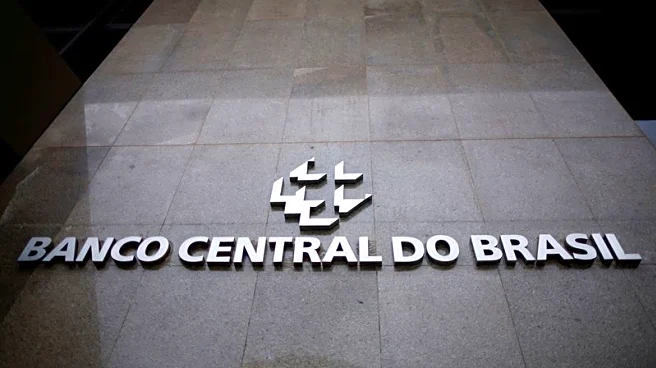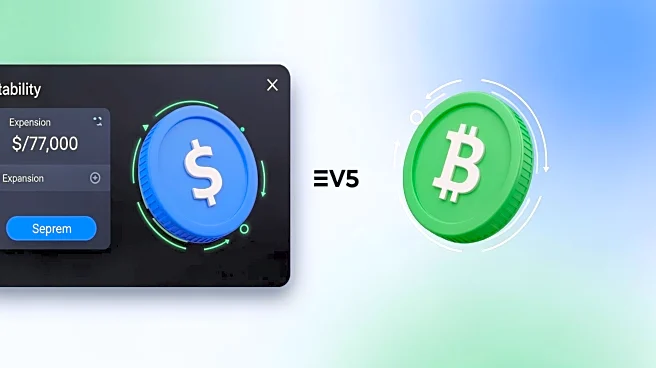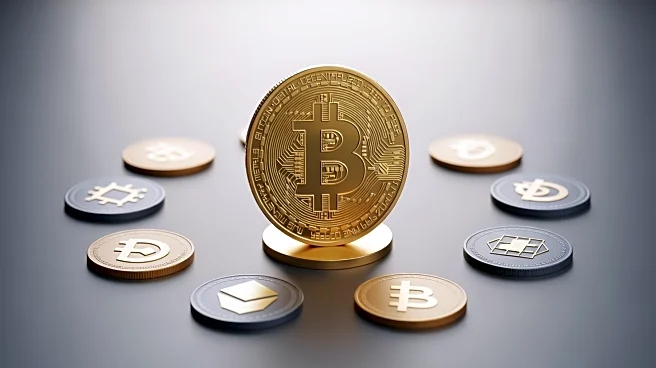What's Happening?
The retail stablecoin payments market is experiencing a shift from rapid, incentive-driven growth to more sustainable, organic activity, according to the Q3 2025 Stablecoin Retail Payments Index by Orbital.
The report highlights a cooling in the sector, with transaction counts decreasing from 1.33 billion to 1.21 billion and daily active users stabilizing at 3.6 million. This shift is marked by a narrowing gap between adjusted and unadjusted volume, indicating a rise in genuine payment flows such as P2P transfers and SME transactions. The report also notes a decline in USD1's share of retail-sized transactions, suggesting a move away from speculative trading.
Why It's Important?
The shift towards organic growth and utility in the stablecoin market signifies a maturation of the sector, potentially leading to more stable pricing and reduced volatility. This development could benefit businesses and consumers by providing more reliable and efficient payment options. The increased focus on genuine payments rather than speculative trading may enhance the credibility and acceptance of stablecoins as a universal payment layer. This transition could also impact liquidity providers and fiat gateways, as they play a crucial role in stabilizing stablecoin pricing.
What's Next?
The stablecoin market's evolution towards utility suggests further integration into everyday financial transactions, potentially expanding its use across different geographies and networks. As stablecoins become more universally accepted, regulatory frameworks may need to adapt to ensure consumer protection and market stability. The continued dominance of USDT in retail payments and USDC in DeFi applications indicates a potential divergence in stablecoin usage, which could influence future market dynamics and regulatory approaches.
Beyond the Headlines
The shift in the stablecoin market reflects broader trends in the cryptocurrency industry, where utility and real-world applications are becoming increasingly important. This transition may lead to new innovations in payment systems and financial services, as stablecoins are integrated into various economic activities. The role of stablecoins in bridging networks and use cases could also drive advancements in cross-border payments and financial inclusion.












